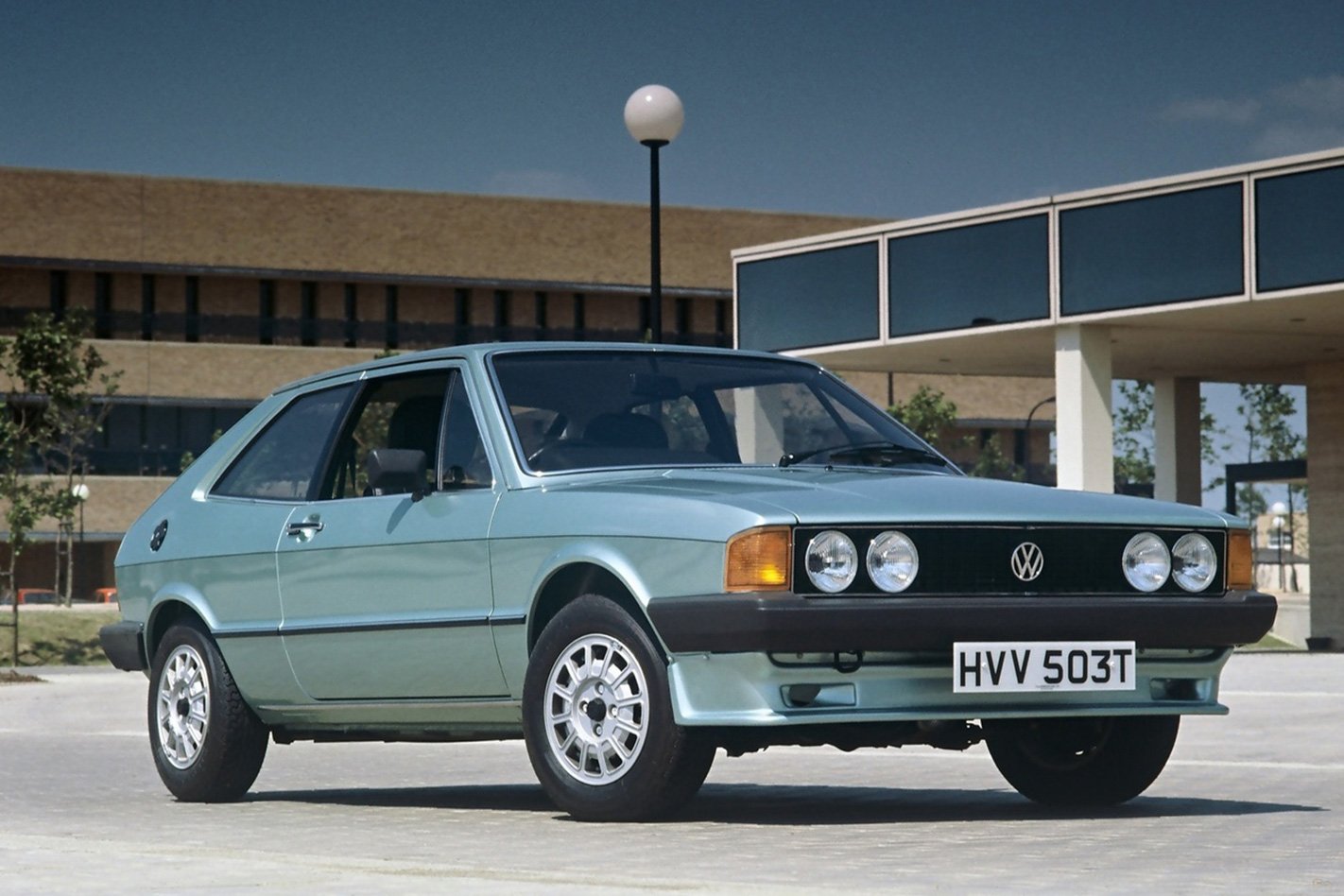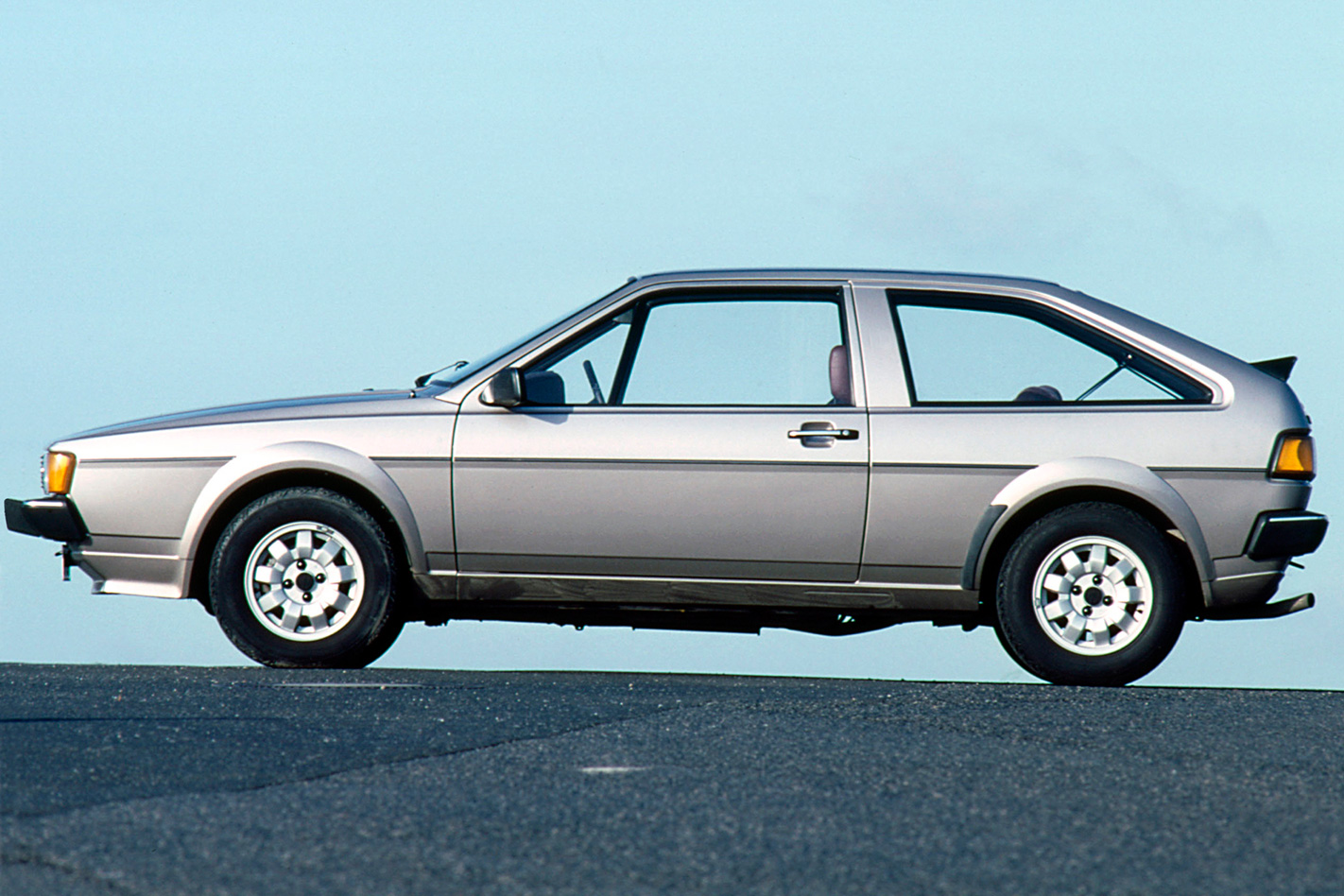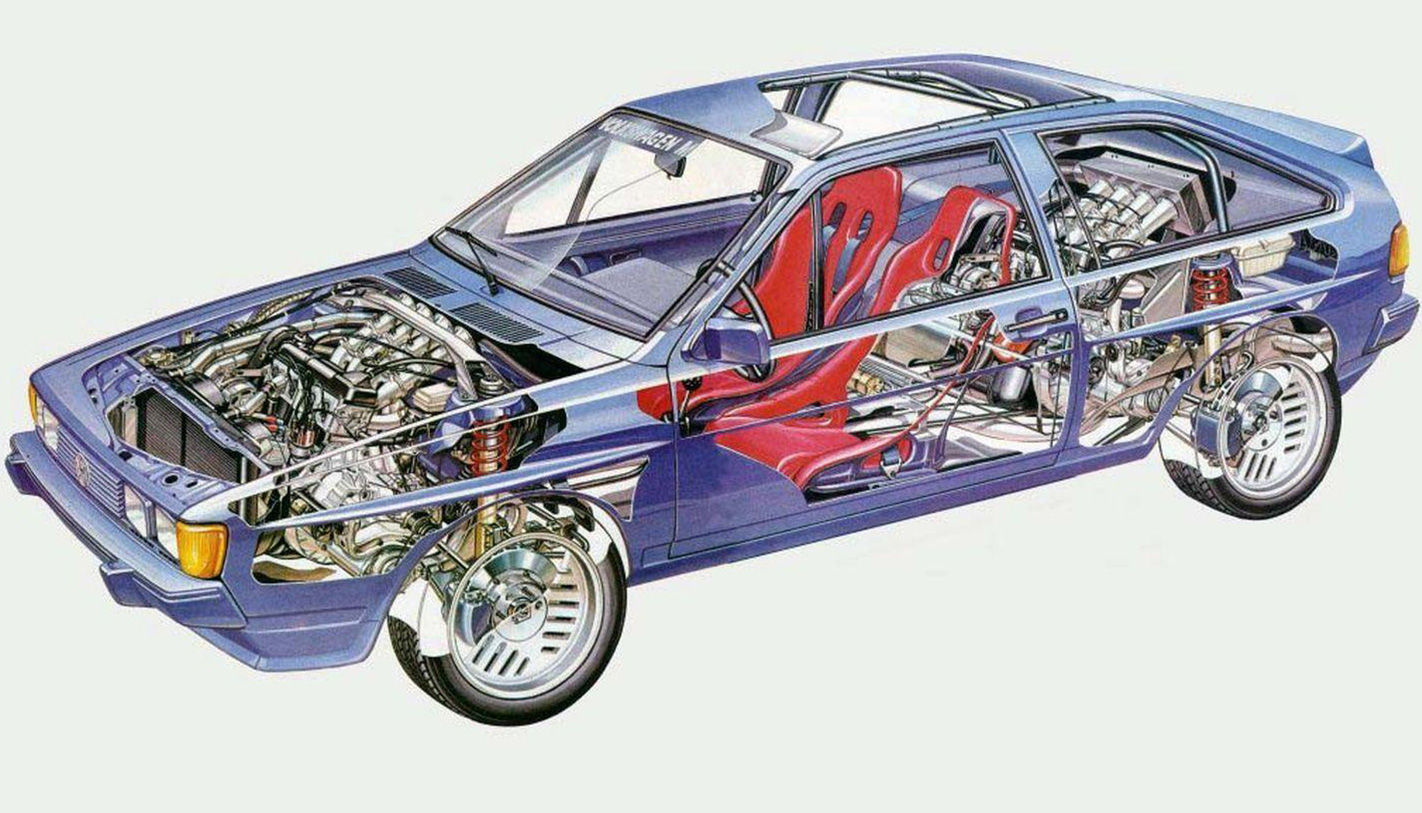HERE IN Australia, we had but a brief flirtation with the Volkswagen Scirocco. Introduced in 2012 and solely in range-topping R guise, it never really generated much traction with Aussie buyers.
Part of that was down to the fact that it hefted a near fifty grand price tag and had precisely half the driven wheels of the Golf R. The Scirocco was positioned locally as a compromise point between the three-door Golf GTI and the five-door Golf R, in effect replacing the three-door Golf R we never got.
But while it’s been a bit-part player on these shores, elsewhere the Scirocco’s history file is a bit more generously stuffed, making the announcement that production has ceased a bit tougher to stomach. The end came abruptly and with little fanfare. The company’s German website merely carried the message “The Scirocco can no longer be ordered with individual equipment. However, finished, already produced vehicles are available for you.”
The unusual thing about the Scirocco – a nameplate that stretches back 43 years – is that there’s never been a duff generation. With most cars you can point to a series that you’d avoid, where quality took a dip or dynamics went awry. Golf MkIII, Mercedes-Benz W210, Camry XV10, Falcon XF anyone? The three generations of Scirocco were all fundamentally good cars.

The Mk2 arrived in 1981, carrying a cleaner internally styled shape, but still bolted together at Karmann’s Osnabruck plant. In 1985, the 16-valve GTI version made production in some markets, but the 102kW car was far from the hottest Mk2. That honour goes to the crazy Scirocco BiMotor, which featured two 1.8-litre engines – one at each end – generating a system total of 268kW and capable of dispatching 100km/h in just 4 seconds. That was an utterly outrageous capability back in 1983, when the supercar benchmark, the Lamborghini Countach LP500 S, would take 5.9 seconds to 100km/h.

The Karmann factory did, for three years, build the Scirocco alongside its replacement, the Corrado coupe, a car that was lauded by car magazines but largely ignored by the car buying public. In 1992, the Scirocco nameplate was temporarily retired, and the Corrado bit the dust just three years later.

The first Scirocco offered with a diesel engine, the Scirocco Mk III might have been at its quickest with the 188kW R petrol, but the last of the final run of 150 Wolfsburg Edition models are the ones to target. Launched in March of this year, the run out edition had some work to do, given that during the whole of 2016, Aussie dealerships shifted just 261 Sciroccos. So if you want one, get in quick. There might still be some hanging around. And rest assured that you’re buying a classic nameplate that, if its predecessors are anything to go by, might realise you a few bucks in years to come.






